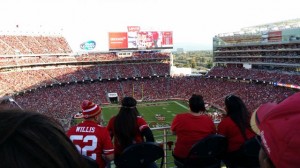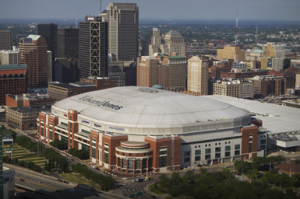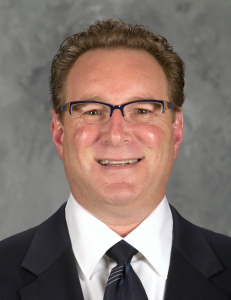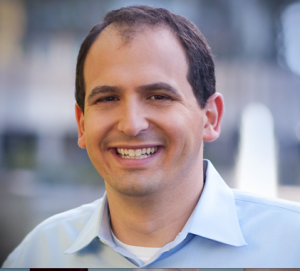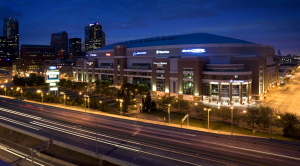Editor’s note: The following team-by-team capsule reports of NFL stadium technology deployments are an excerpt from our most recent Stadium Tech Report, THE FOOTBALL ISSUE. To get all the capsules in one place as well as our featured reports, interviews and analysis, download your free copy of the full report today.
NFC WEST
Reporting by Chris Gallo
Arizona Cardinals
University of Phoenix Stadium
Seating Capacity: 65,000
Wi-Fi – Yes
DAS-Yes
Beaconing – No
As the site of the Super Bowl XLIX, University of Phoenix Stadium is in the midst of massive upgrades. This includes an $8 million dollar improvement for faster wireless and larger video boards. The stadium turned eight this summer and already has one Super Bowl under its belt. Look for more information about upgrades throughout the year before the big game on Feb. 1, 2015.
San Francisco 49ers
Levi’s Stadium
Seating Capacity: 68,500
Wi-Fi – Yes, 1,200 access points
DAS – Yes, 700 antennas
Beaconing – Yes
Early tests of the stadium network during the preseason and regular season opener were promising, with Wi-Fi performance at Super Bowl-surpassing levels. On the DAS side, strong cellular signals were reached, with a nearly full house of fans. The question for the network, like the team itself – can it keep performing at a high level during the full season?
Seattle Seahawks
CenturyLink Field
Seating Capacity: 72,000
Wi-Fi-Yes
DAS-Yes
Beaconing – No
Fans of the reigning Super Bowl Champions will have more to cheer for in coming years at CenturyLink Field. The question is, will the loudest stadium in the NFL stay that way if Seahawks fans are using their phones more often, now that Verizon has installed stadium-wide Wi-Fi using Extreme Networks equipment?
St. Louis Rams
Edward Jones Dome
Seating Capacity: 66,000
Wi-Fi – No
DAS-Yes
Beaconing – No
After a proposed $700 million dollar upgrade was rejected, the St. Louis Rams are still seeking to improve the Edward Jones Dome. The good news for fans is that for this season a Mobilitie neutral-host DAS should significantly improve cellular communications not just in the stadium itself, but also in the adjacent convention center.
